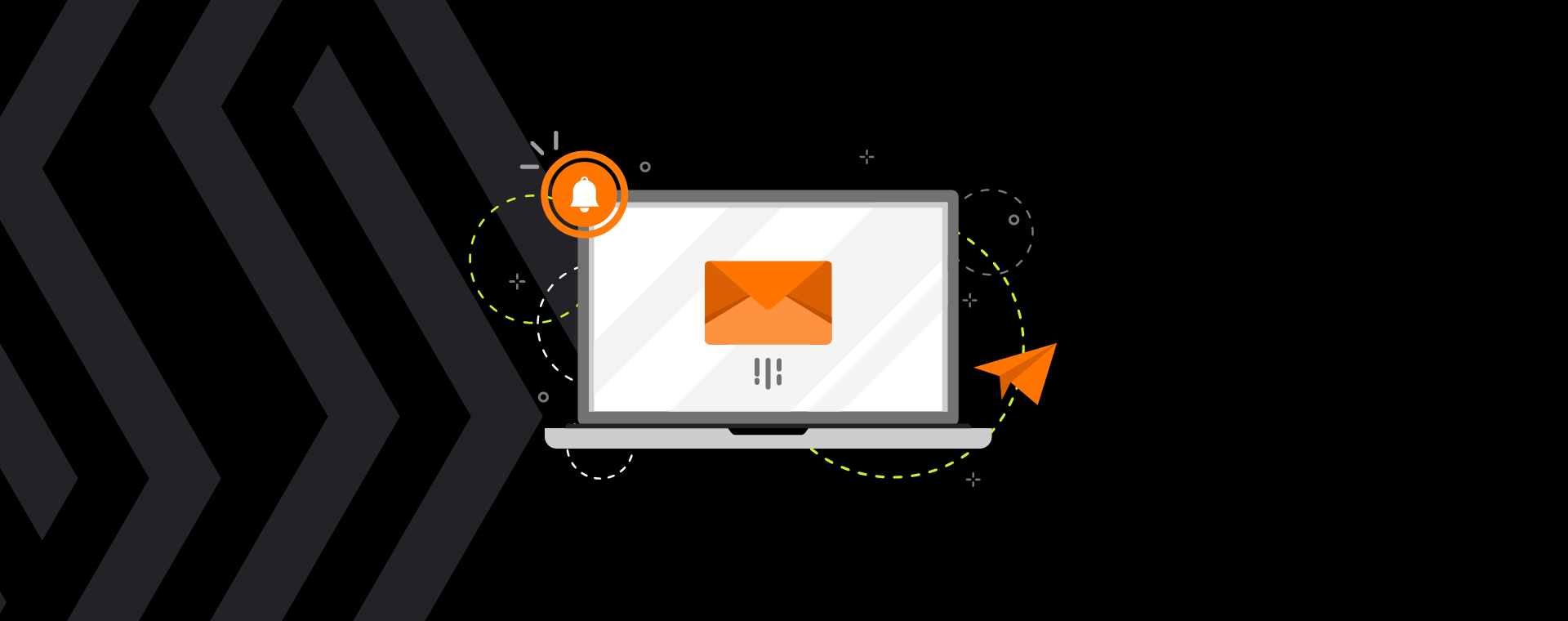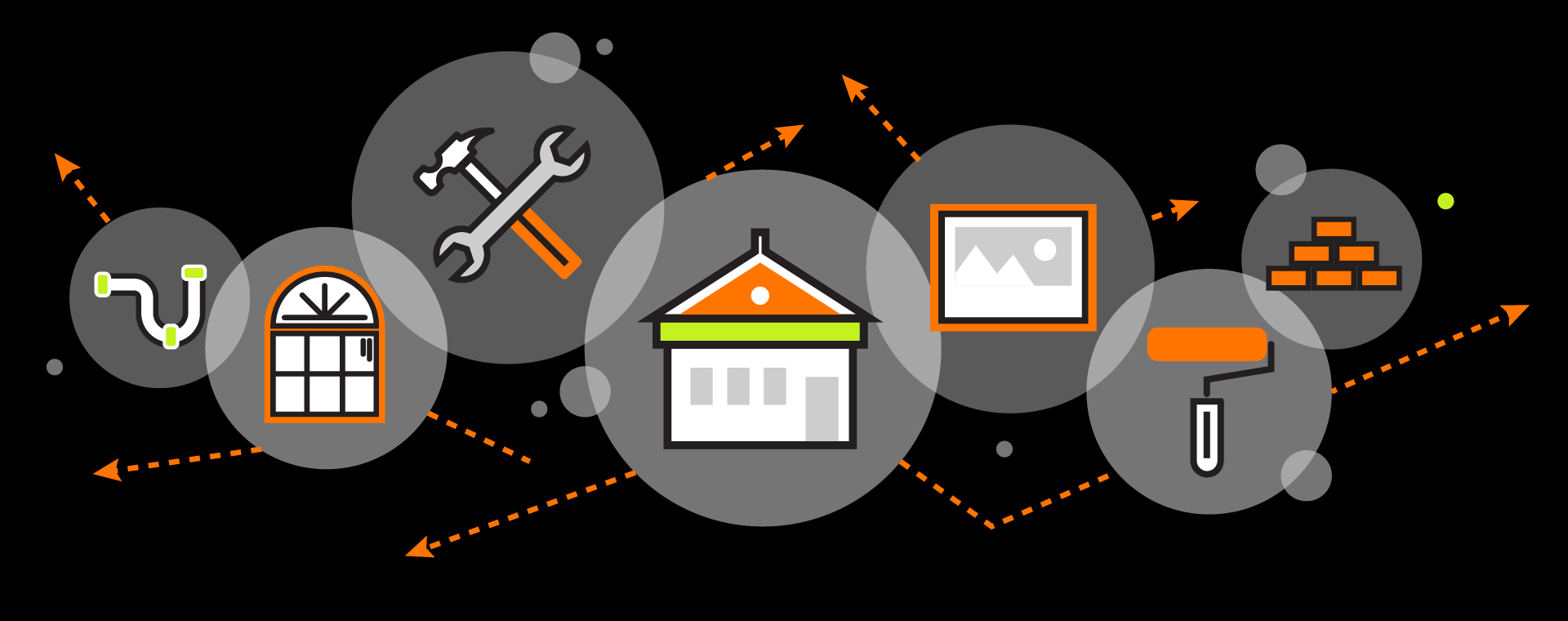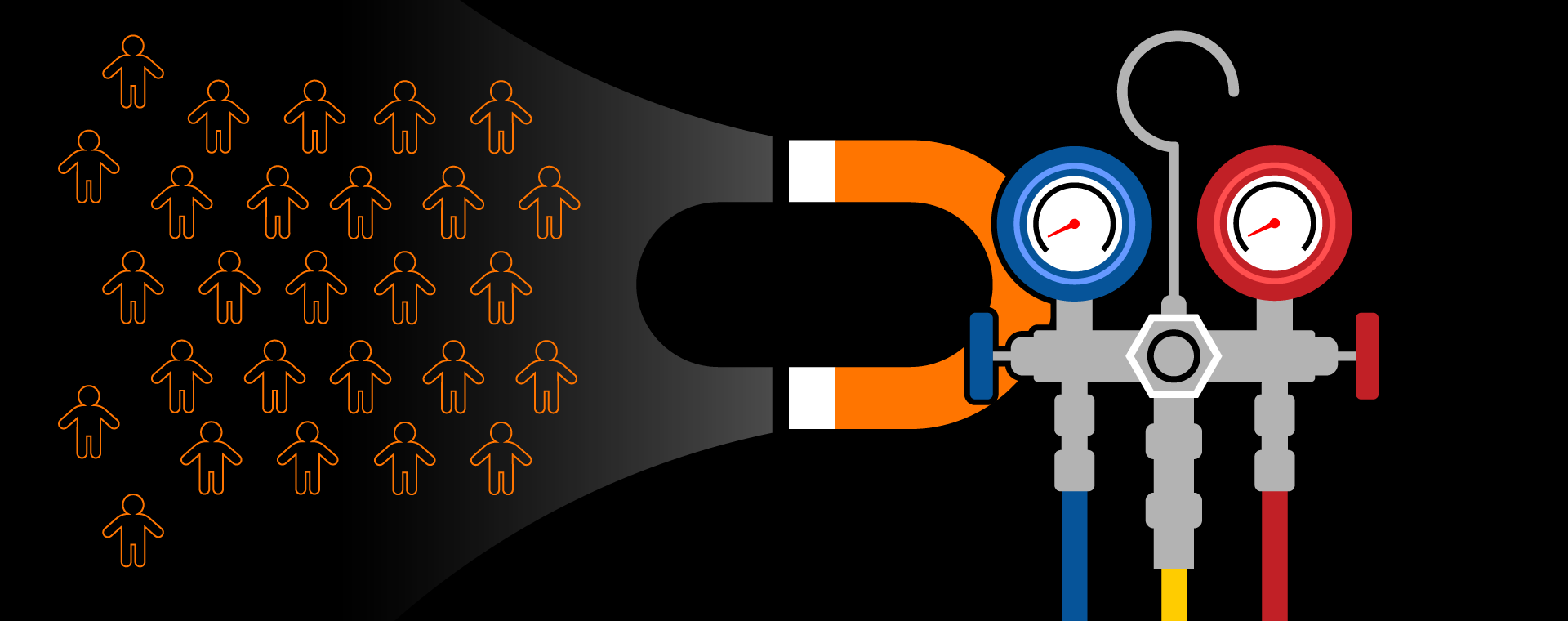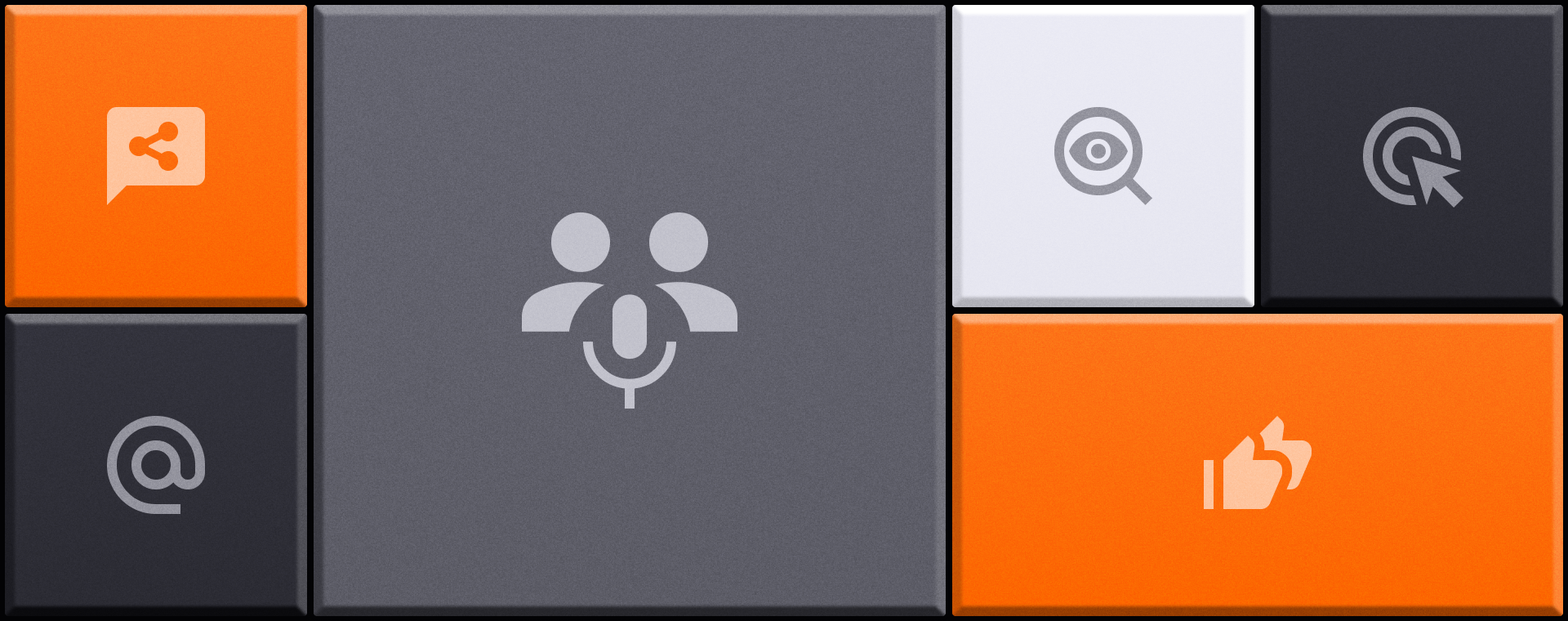12 Email Marketing Best Practices: Proven Strategies for Better Engagement and Results
Email marketing may feel like one of the oldest tricks in the digital playbook, but it’s still one of the most effective when done right. With an average ROI of $36 for every $1 spent, email remains a powerhouse for engaging your audience, nurturing leads, and driving conversions. But the real question is: Are you getting the most out of your email marketing efforts?
Transactional emails, such as receipts and shipping notifications, are distinct from bulk email marketing campaigns and are automatically sent based on customer actions.
In this guide, we’ll walk through essential email marketing best practices that can help your brand stand out in a crowded inbox. Whether you’re just getting started or looking to refine an existing strategy, these insights will help you build smarter campaigns that actually connect with your audience.
Email Marketing: Still Here, Still Important
Before diving into the best practices, it’s worth reminding ourselves why email remains a foundational tool in your marketing toolkit:
- Direct Access to Your Audience: With email, you’re not at the mercy of algorithms; you’re speaking directly to individuals who have opted in to your messaging.
- Highly Customizable and Personal: From content to timing to segmentation, email marketing offers a level of flexibility most channels can’t match.
- Built for Nurturing: Email is the ideal format for developing a long-term relationship with your customers or clients.
- Incredibly Cost-Effective: Dollar for dollar, email typically offers a higher ROI than social, paid search, or even SEO.
Most marketers agree on the importance of keeping email subject lines around 50 characters for optimal impact and creating urgency to improve open rates.
However, to get these kinds of results, you need to approach email marketing with care, strategy, and a deep understanding of your audience.
Best Practices: What Makes Email Marketing Campaigns Actually Work?
Seemingly every company offers an email newsletter, so user inboxes are more crowded than ever. You need more than just clever copy or flashy designs to get your emails opened, read, and acted on. Today’s consumers are savvy. They expect emails that are timely, relevant, and respectful of their time.
The good news? A well-executed email marketing strategy can check all those boxes and more, but success doesn’t happen by accident. It’s built on a foundation of smart planning, user-centered design, and data-driven decision-making. A compliant email program that respects user privacy and data control is also crucial for maintaining credibility, especially in the B2B sector.
Utilizing the following email marketing best practices can help you connect more effectively with your audience, strengthen your brand, and ultimately drive better campaign results. Adhering to anti-spam laws, including providing an unsubscribe option and obtaining permission from subscribers, is essential for legal compliance and improving email engagement.
1. Build a Healthy, Permission-Based List
A successful email marketing strategy starts with who you’re emailing. Purchasing lists or adding people without consent is a fast track to spam folders and unsubscribes, not to mention potential legal trouble under CAN-SPAM and GDPR.
Using a double opt-in process is crucial to avoid fake email addresses and ensure subscribers genuinely want to receive your communications.
To effectively build your email marketing list, do the following:
- Use double opt-in to confirm subscribers really want to hear from you.
- Offer value in exchange for sign-ups, like a discount, free download, or access to exclusive content.
- Segment your list from the start so you can tailor your messaging (more on this to come).
- Keep your list clean by regularly removing inactive subscribers and bounced emails.
2. Write Subject Lines That Spark Curiosity, Not Clickbait
Your subject line is your email’s first (and sometimes only) impression. It needs to be relevant, clear, and compelling, but not misleading. Preview text acts like a movie preview, providing additional context and enticing readers to open the email.
Here are some tips to help write an effective subject line:
- Keep it short and mobile-friendly (under 50 characters when possible)
- Use personalization to boost open rates, like names, locations, or behaviors
- Create urgency or curiosity without sounding spammy (for example, write “Last chance to join” as opposed to “ACT NOW!!!”)
- Test variations of a subject line to see what resonates with your specific audience
- Use preview text to provide additional context and entice readers
3. Focus on One Clear Message Per Email
Your subscribers didn’t open your email for a novel. They opened it to get something useful, fast. Providing concise and straightforward content can encourage readers to take action. When writing your email content, ensure you do the following:
- Start with a Strong Hook: Let the recipient know why they should care immediately.
- Stick to One Main Idea or Call-to-Action (CTA) Per Email: Don’t overwhelm your readers with numerous buttons, unrelated sales, or conflicting messages.
- Use Formatting: Make your content easy to scan with headers, bullets, and white space.
- Match the Tone to Your Brand: Sending an email that strays too far from your brand voice and tone can raise red flags for users, leading them to believe your message is spam.
- Include a Clear, Visible CTA: Consumers know that promotional email comes with a purpose; if they’ve already opened the email, you want them to get to the conversion action quickly. Make it obvious what it is you’re asking of or offering to them.
- Deliver Relevant Content: Ensure your emails contain high-quality, relevant content to engage subscribers effectively.
4. Design for Mobile First
Over 60% of emails are opened on mobile devices. If your emails aren’t optimized for small screens, you’re leaving a lot of opportunity on the table. When designing for mobile, keep these tips in mind:
- Use a single-column layout for better readability
- Keep text and CTA buttons large enough to tap
- Use responsive templates that adapt to screen size
- Limit images and make sure the ones you do include load quickly (too long of a load time will lead to frustration and, ultimately, deletion)
5. Segment and Personalize to Drive Relevance
Blasting the same message to your entire list is a guaranteed way to get ignored. Segmentation and personalization are what separate a good email campaign from a great one. Utilizing customer data can help personalize email campaigns and optimize marketing strategies. You can segment your email marketing campaigns by:
- Demographics, like age, gender, or location
- Past purchase behavior
- Stage in the customer journey
- Engagement history, including opens, clicks, and inactivity
If you decide to take it a step further and personalize, try the following tactics:
- Go Beyond First Names: Reference past purchases, recommend products based on purchase or browsing history, or offer other content based on site behavior.
- Use Dynamic Content Blocks: Seamlessly serve different content to different segments within the same email.
- Send Emails Based on Behavior Triggers: When customers abandon carts, view certain pages, or download items, an email can automatically be sent to pull them back to the site for further action.
- Understand the Buyer’s Journey: Provide valuable information at each stage to maintain engagement and nurture leads until they are ready to convert.
6. Test, Measure, and Optimize Your Email Campaign
Even the most thoughtfully designed campaign can fall flat. That’s why ongoing testing and performance tracking are so essential to email marketing success. Understanding how the audience responds to different email strategies is crucial for tailoring email frequency and content effectively. The aspects of emails to A/B test include:
- Email subject lines
- Send times and days
- Email layout and design
- CTA wording and placement
- Personalization technique
- The importance of split testing to determine which elements yield the best results
When you analyze the results of your email marketing campaign, watch these key metrics:
- Open Rate: How many people opened your email
- Click-Through Rate (CTR): How many people clicked a link inside the email
- Conversion Rate: How many people took the desired action (purchase, signup, etc.)
- Unsubscribe Rate: A spike in unsubscribes could mean your content isn’t resonating
Remember: You don’t need to test everything all at once. Start small and make adjustments based on what works.
7. Automate (But Keep it Human)
Automation is one of the most powerful tools in your email marketing toolkit. It allows you to send the right message at the right time without constant manual effort. However, make sure your messaging is not overly mechanical or impersonal, so only use automation where it makes the most impact in eliminating manual processes. A compliant email program is vital for maintaining credibility and rewarding engaged subscribers.
Here are some must-have automations to consider for your email marketing:
- Welcome Series: Develop a series of initial emails to send automatically when users first sign up to make a great first impression and introduce your brand.
- Post-Purchase Emails: Automatically send an email as an order confirmation, thank-you note, or a cross-sell opportunity.
- Abandoned Cart Reminders: Send gentle nudges to users who have placed an item in their carts but have left without completing the purchase.
- Re-Engagement Campaigns: Win back users who have subscribed but been inactive for a period of time by offering fresh value.
- Double Opt-In Process: Use an automated email as part of a double opt-in process to ensure compliance with anti-spam regulations and build a loyal audience.
Although the email itself may be automated, the tone of your messaging should still feel warm and personal. The goal is to create a natural customer experience, not a robotic funnel.
8. Stay Compliant and Respectful
Have you ever heard someone say, “It’s not what you say, but how you say it,” to describe how you’re verbally delivering a message? Well, a similar rule applies to your email. It’s not what you say, but how and why you’re reaching out. Respecting your audience’s preferences isn’t just the right thing to do; it’s essential for maintaining deliverability and brand trust. Avoiding no-reply email addresses can foster trust and engagement.
To ensure your email campaign remains compliant and respects your subscribers, follow these tips:
- Always include an easy-to-find unsubscribe link
- Clearly state who the email is from
- Avoid misleading subject lines or sender names
- Honor unsubscribes quickly (within 10 days at most, per CAN-SPAM)
- Adhere to anti-spam laws by providing an unsubscribe option and obtaining permission from subscribers
Pro Tip:* Make your unsubscribe process painless and even, dare we say, pleasant. A one-click opt-out with a friendly message goes a long way in preserving goodwill.*
9. Keep Deliverability in Check
Even the best-crafted email can’t perform if it doesn’t reach the inbox. Deliverability is a behind-the-scenes best practice that’s easy to overlook, but critical to your success. Using reputable email service providers can help maintain a good sender reputation and ensure emails reach the inbox.
Here are some tips for strong deliverability:
- Send from a verified domain or reputable email service provider (with proper SPF/DKIM records)
- Warm up new domains slowly if you’re just starting out
- Avoid spammy words or excessive symbols in subject lines and body text
- Maintain a consistent sending schedule; sudden volume spikes can look suspicious to ISPs and quickly trigger spam filters
- Ensure emails are relevant and obtain permission from recipients to avoid the spam folder
10. Iterate with Purpose
Great email marketing is never “set it and forget it.” The most effective campaigns are always evolving, based on performance, feedback, and changes in customer behavior. Analyzing email open rates and campaign reports can inform future campaigns and enhance the effectiveness of email marketing strategies.
At Timmermann Group, we encourage our clients to treat email like a living channel that grows and adapts over time. Stay curious, ask questions, test, learn, improve, and repeat.
11. Leverage Email Marketing Software
In today’s competitive digital landscape, relying on a regular email client like Gmail or Yahoo Mail for your business communication simply won’t cut it. To develop a robust email marketing strategy, you need specialized email marketing software. This software not only helps you stay compliant with legal requirements but also provides essential metrics such as opens, bounces, and click-through rates, which are crucial for measuring the success of your email marketing campaigns.
Email marketing software often comes equipped with automation tools that allow you to scale your efforts with minimal manual intervention. These tools can automate tasks such as sending welcome emails, follow-ups, and even segmenting your audience based on their behavior. Additionally, most email marketing software includes a suite of email marketing tools that can help you design compelling emails, manage your contact lists, and analyze campaign performance.
Using a reputable email service provider ensures that your emails are delivered to your subscribers’ inboxes and not their spam folders. It also helps you maintain a good sender reputation, which is vital for the long-term success of your email marketing strategy. By leveraging the capabilities of email marketing software, you can optimize and improve your future email marketing campaigns, making them more effective and efficient.
12. Enhance Engagement with Landing Pages and Welcome Emails
Landing pages and welcome emails are pivotal components of a successful email marketing strategy. A well-designed landing page can significantly increase conversions and drive sales by providing valuable information and a clear call to action. When creating landing pages, focus on delivering content that entices readers to take the desired action, whether it’s making a purchase, signing up for a newsletter, or downloading a resource.
Welcome emails, on the other hand, set the tone for your relationship with new subscribers. A warm welcome email can make a lasting first impression and encourage engagement from the outset. Use this opportunity to introduce your brand, offer valuable information, and guide new subscribers on what to expect from your future emails. Including a clear call to action in your welcome email can also drive immediate engagement.
To track the effectiveness of your landing pages and welcome emails, use email marketing software to monitor key metrics such as click-through rates and conversion rates. This data will help you optimize and improve your future email marketing campaigns, ensuring they continue to deliver results.
By effectively using landing pages and welcome emails, you can enhance engagement, build trust, and drive better outcomes for your email marketing efforts.
Common Mistakes to Avoid in Email Marketing
Even seasoned email marketers can fall into common traps that hinder the effectiveness of their campaigns. One of the most frequent mistakes is using a no-reply email address. This not only impacts deliverability but also creates a poor customer experience by discouraging two-way communication. Instead, use a recognizable and responsive email address to foster trust and engagement.
Another pitfall is failing to personalize your emails. Generic messages can lead to low engagement and a lack of trust with your subscribers. Personalization goes beyond just using the recipient’s name; it involves tailoring content based on their preferences, past behavior, and demographics. This makes your emails more relevant and engaging.
Not testing your email campaigns before sending them is another common mistake. Errors in your emails can lead to a poor user experience and damage your brand’s reputation. Always test your emails across different email clients and devices to ensure they display correctly and function as intended.
Lastly, not segmenting your email lists can result in sending irrelevant content to your subscribers. This can lead to low engagement and a high unsubscribe rate. By segmenting your audience based on factors like demographics, purchase history, and engagement levels, you can send more targeted and relevant emails that drive better results.
Let’s Build Better Emails Together
If email marketing still feels like a guessing game, or you’re just not seeing the results you know are possible, it might be time to rethink your approach. Providing clear, valuable content can entice readers to engage further with the material. Every part of your email ecosystem plays a role in success, from strategy and content to design and automation.
At Timmermann Group, we help brands build email campaigns that feel personal, perform well, and serve a bigger digital strategy. If you’re ready to make your email marketing work harder (and smarter), we’re ready to help. Readers can find more tips on email marketing strategies by exploring additional guides or articles.
Schedule a conversation with the TG team to discuss your goals and map a smarter path forward.






